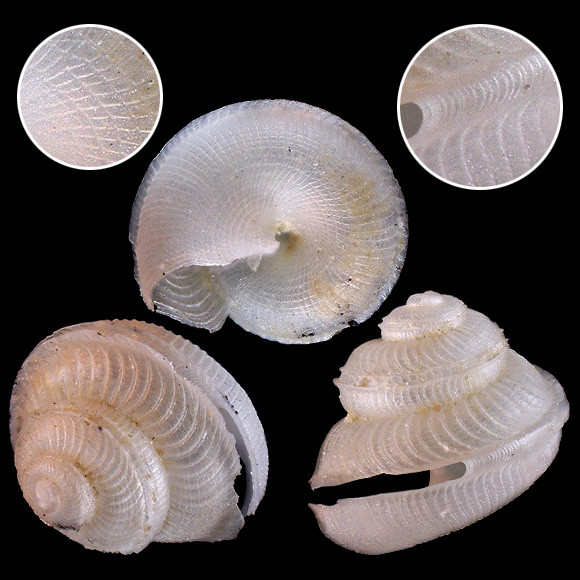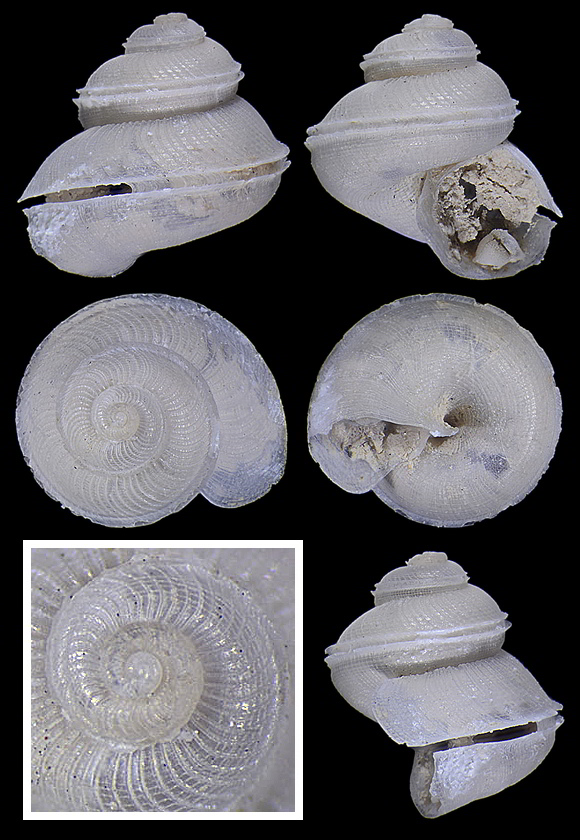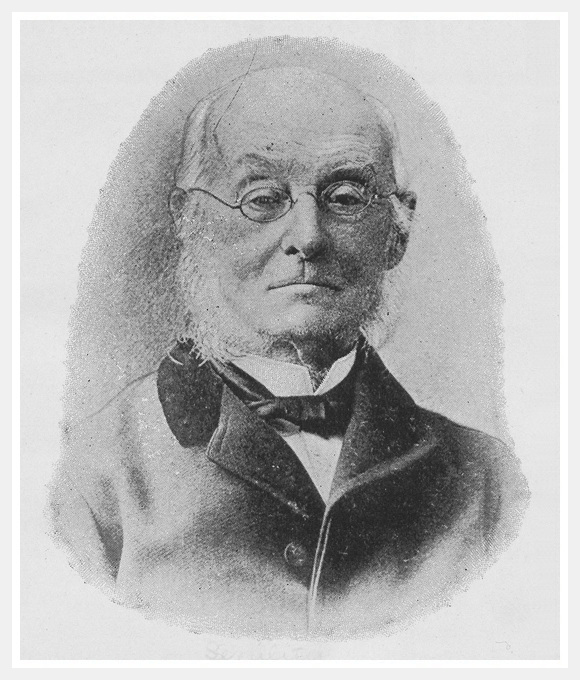
Grazer and deposit feeder in circalittoral, the shelf, and possibly deeper. Basionym: Scissurella aspera.
« Protoconch with wide, open, irregular sculpture […] Teleoconch I of 0.75–1 whorl, 20 (or more) axials, often partly eroded in larger shells, interaxials smooth except for strong spiral cord in position of selenizone (may also be eroded in larger shells). Teleoconch II up to 3.25 rapidly increasing whorls, with 5–12 spirals on base, visible between suture and selenizone. Shoulder with up to 65–67 high, crest-like axial costae on body whorl, additional fine axials on keel of selenizone; at least 15 very fine spirals in interaxials, an order of magnitude finer than axials, and not crossing the latter. On base, 25–30 spirals cross up to 90 slightly sinusoid axials creating a grid-like pattern (axials dominating but finer and denser than axials on shoulder); some axials disappear at midbase; remaining axials spiral into wide, deep umbilicus. » – Høisaeter & Geiger: “Species of Anatoma (Gastropoda: Anatomidae) in Norwegian and adjacent waters…”, The Nautilus vol. 125, Sanibel 2011, via researchgate.net.
80-100m deep, Saronikós kólpos, Greece. 2mm.

« Characteristic, almost triangular, funiculus departing columellar lip at roughly 40–45° near upper end of latter. Selenizone at periphery or a little above, wide (15–20% whorl height), keels distinct, somewhat flaring, growth marks not coordinated with axials. Margins of slit parallel. Aperture round, columellar lip somewhat flared, partly obscuring the umbilicus. Shell grayish white, empty shells often glassy, transparent, often with blackish “deposit” in some of cavities created by grid-like sculpture on base. » –Ibid.
500m deep, Isola Capraia, Archipelago Toscano, W. Italy. 4,1mm. Original pictures provided by A. Nappo (IT).
– (CC BY-NC-SA) –

Author unknown. Public Domain. Unfortunately, Philippi’s description of Scissurella aspera is not very useful.